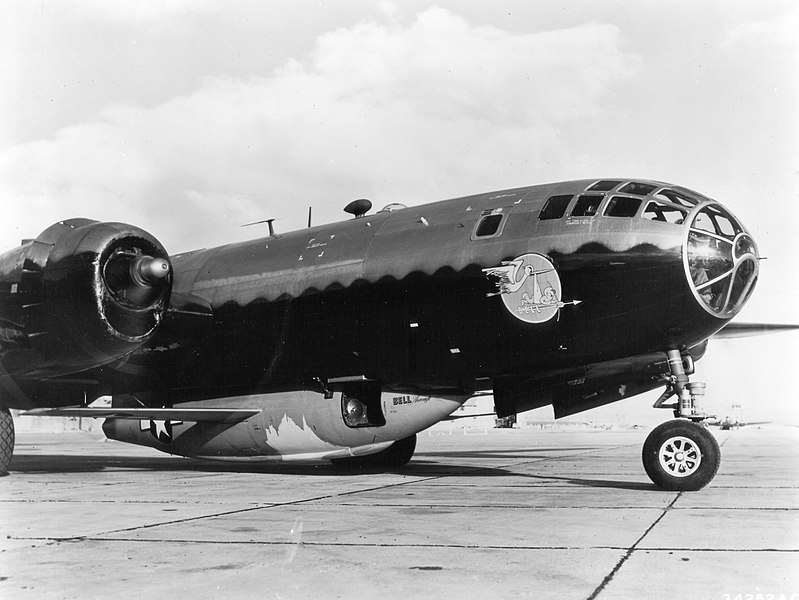
Last night I was doing some pleasure reading. I was digesting the excellent biography of Chuck Yeager written by Leo Janos. I was caught by a story, of which I was unfamiliar, of Chuck Yeager, the Bell X-1 and the power of checklists.
Yeager broke the sound barrier, Mach 1, in October of 1947. The flight and adventure are captured in the book and film, The Right Stuff. What most don’t know are all of the close calls that Yeager endured over the ensuring months in the X-1.

One adventure that caught my eye was the time that the X-1 was trapped in the belly of the mothership. Normally, the Bell X-1 was carried to altitude in the bomb bay of a B-29 bomber. The X-1 was attached to the mothership through a series of cables. Once at altitude, Yeager would climb down a ladder in the bomb bay and enter the X-1 cockpit.
The X-1 was then dropped from the belly, like a baby in the delivery room. Yeager would ignite the jet rockets and be off for a supersonic flight. One day, the X-1 did not drop.
When the cables were released, the X-1 and Yeager dropped just a few inches, but remained attached to the mother ship. Eyes began to scan for the cause.
A safety pin had not been removed.

Parts of aircraft are often safety pinned in place to prevent accidents, much like a gun has a safety. Ejection seats are pinned upon landing. Someone on the crew had failed to remove the pin from the cable and when the cable was released, the pin became wedged. Hence the crew could not drop the X-1, nor could they hoist it back into position.
After much discussion, it was decide that Yeager would climb back out of the aircraft and reach for the ladder and climb back into the bomber. The bomber would then return to the airfield and land with the X-1 dangling lower than when it took off.
Here was the danger, if the pin gave way while Yeager was climbing out, Yeager would become a falling object. He had on a parachute, but there was a good chance he would strike either the bomber, or the X-1, or both as he exited the bomb bay.
Fortunately, the pin held. One scared pilot scrambled “in record time” back up the ladder.
The Lesson
The entire incident reminded me of the importance of the checklist. Aircrews rely upon them in order to ensure that critical safety items are accomplished. In the early day of aviation, there were no checklists. Leo Janos’s book did not state if the crew had a checklist in this scenario, but as a pilot, I can state with full confidence, that if they didn’t they needed one.

Pilots, stay on those checklists! Checklist discipline can be a life saver!
